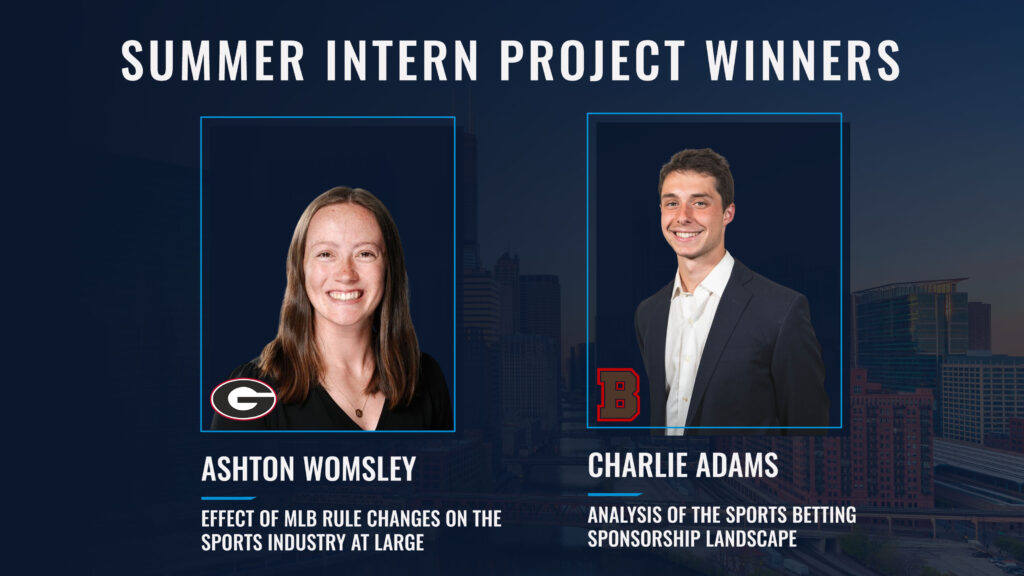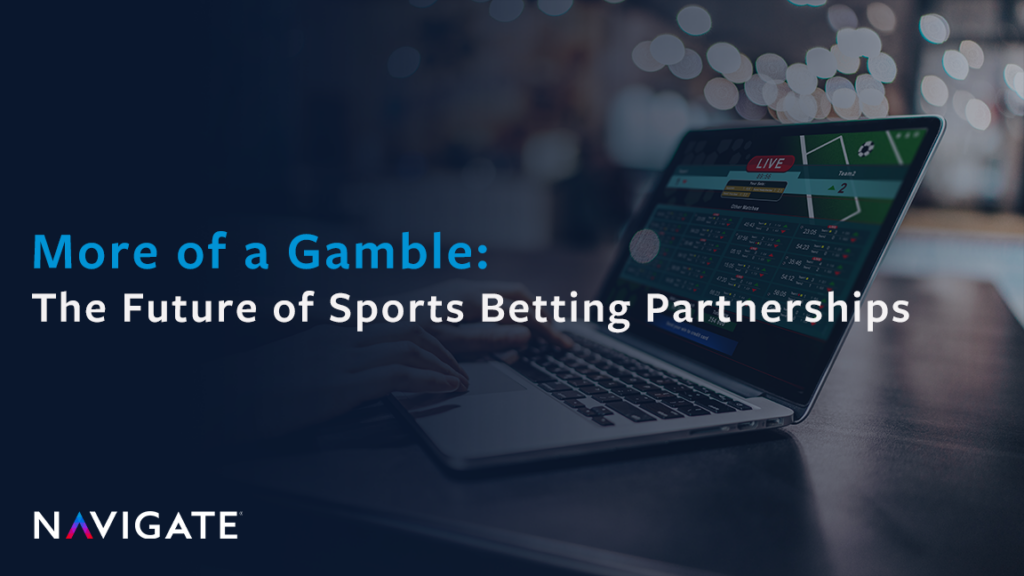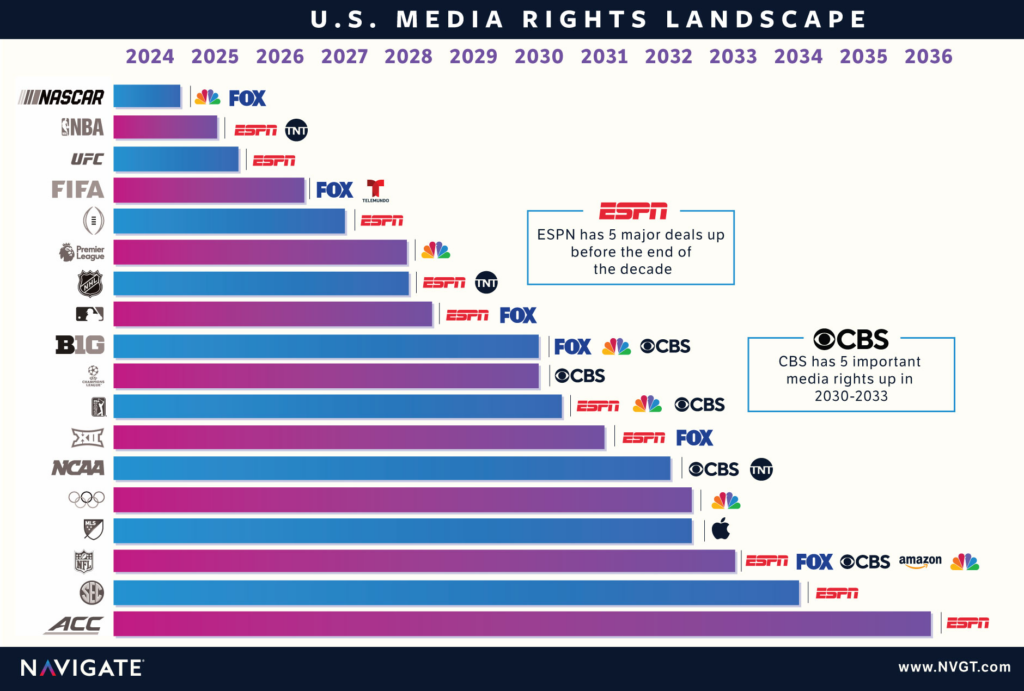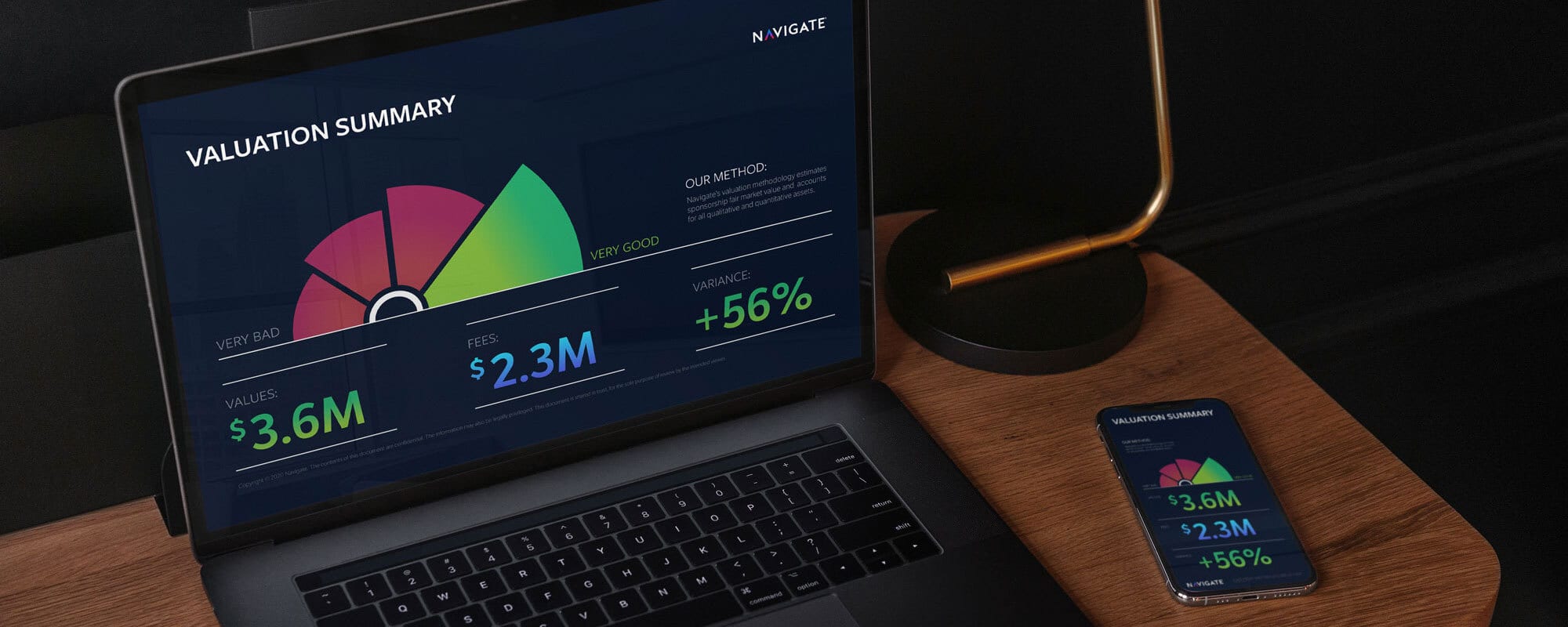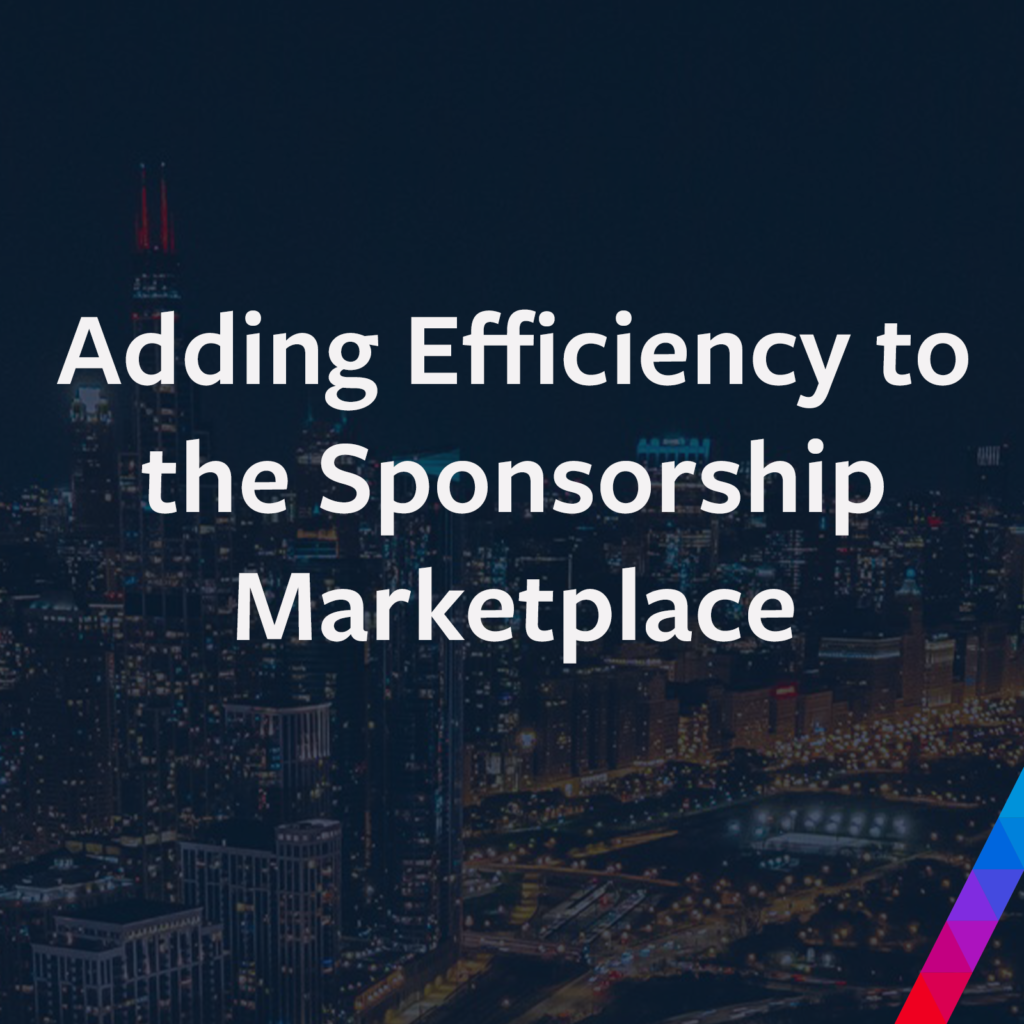
Adding Efficiency to the Sponsorship Marketplace
When buying and selling real estate, stock in a company, or automobiles, information is everywhere. Each of those industries involve transparent transactions where both parties can analyze exactly what is being sold in the marketplace and at what price. This allows for easy comparisons and relatively straightforward cost-benefit decisions. Buying and selling sponsorships tends to be a bit more challenging.
The costs and benefits of these transactions are typically not made public, aside from larger multi-year sponsorships, which are often misreported. This lack of information forces the market to make a lot of assumptions – or flat-out guesses – when it comes to which benefits to include in certain deals, and what price should be paid. It also makes comparisons challenge. If a buyer is looking at similar sponsorships with two teams in different markets (or even different sports), it’s often difficult to know which is priced more fairly.
To address this issue, Navigate has teamed up with the University of Iowa’s Sport and Recreation Management Program to create the first real attempt to estimate the fair market value of sponsorships across all major US sports leagues to provide both buyers and sellers with an independently produced pricing guide. We call this guide the Sponsorship Value Index (SVI). The SVI places a fair market value on the same bundle of sponsorship elements across every professional sports team. Those elements include:
- Two (2) minutes of Digital Signage per game for a full season
- One (1) Experiential Space per game for a full season
- One (1) Giveaway per season
- One (1) Video Board Promotion per game for a full season
- One (1) Website Banner Ad for a full season
- One (1) Print Program Ad per game for a full season
- Two (2) Radio Ads per game for a full season
- Two (2) TV Ads per game for a full season
- One (1) Static Sign per game for a full season
The goal with selecting these elements for the SVI is to create a diversified mix of sponsorship elements that are consistently provided by professional sports teams. Having these fair market values at the team level allows for several helpful comparisons for sponsorship buyers and sellers that have been impossible until now. For example, here are the results for the Top 5 NFL teams, ranked by Index, if we include all of the elements above. Keep in mind, this mix includes two (2) TV ads per game for a full season, which currently isn’t offered by NFL clubs.
| Chicago Bears | 100 |
| Dallas Cowboys | 93 |
| New York Giants | 90 |
| New York Jets | 83 |
| San Francisco 49ers | 77 |
We’ve disguised the actual fair market values in this example, but the Index results show that the Chicago Bears have the highest SVI for the given sponsorship elements above, and the Dallas Cowboys have a SVI that is 93% of the Bears, with the New York Giants coming in third at 90%, and so on. This breakout shows the potential value of a team like the Chicago Bears, if local TV advertising would be made available during NFL broadcasts.
If, however, we remove the TV element from the SVI to be more reflective of actual NFL sponsorship packages, the new Top 5 NFL teams, ranked by Index, looks very different.
| Dallas Cowboys | 100 |
| Chicago Bears | 77 |
| Green Bay Packers | 75 |
| Philadelphia Eagles | 68 |
| New England Patriots | 67 |
Based on these Index values, the Dallas Cowboys have the highest SVI in the NFL, with the Chicago Bears in second at 77% of the value of the Cowboys. In this example, the gap between the first and second highest values is 23 percentage points, which is quite a bit higher than the 7 percentage point gap in the initial breakout above. In addition, teams in smaller markets, such as the Green Bay Packers, Philadelphia Eagles and New England Patriots provide a very high level of sponsor value due to strong local support. This type of flexibility in the analysis allows for easy customized comparisons across all teams and leagues by slightly adjusting the element mix.
One additional example of the flexibility of the SVI is to adjust the figures to reflect only sponsorship elements that can be viewed within your seat when attending games. These assets include Digital Signage, Static Signage and Video Board Promotions. The adjusted Index values below reveal a new Top 5 for the NFL.
| Dallas Cowboys | 100 |
| New York Giants | 89 |
| Washington Redskins | 83 |
| New York Jets | 82 |
| New England Patriots | 79 |
You’ll see that the Chicago Bears are no longer listed in this mix, but the Washington Redskins move into the Top 5 due to their strong in-stadium support and the premium value placed on the fans within the attractive Washington DC demographic area.
What are ways that a buyer can use this information?
For a quick example, let’s assume that a brand was given a $500,000 proposal from the Dallas Cowboys to be a sponsor, and the elements offered in their package aligned pretty well with the SVI when removing the TV elements (second example above). This analysis would predict that the same sponsorship with the Chicago Bears would cost $385,000 (77% of the Cowboys). If the brand believes that their money is better spent on a sponsorship in the Chicago market than the Dallas market, they will have a solid estimate of what they should be paying, and may want to reach out to the Bears to see if the inventory is available there. This insight, along with element specific breakouts and the same information for every team in every market, will give brands unprecedented fair market value insights to quickly and accurately compare their sponsorship options.
How can this information help a team?
Again, let’s assume a hypothetical example where the New England Patriots are trying to sell a $300,000 sponsorship to a brand that is trying to decide whether to do a similar sponsorship with the Green Bay Packers instead. The Patriots could use the SVI in the second example above to explain that the Bears deal would likely cost the brand $338,000, or an incremental $38,000 per year. The Patriots could also use the full SVI database to compare the fair market values of specific elements, or even compare similar packages across other teams in the New England market that the brand may be considering, such as the Boston Celtics or the Boston Bruins.
Of course, a large caveat here is that sports sponsorships are not yet purchased and sold in an efficient marketplace, and the supply is not aligned with the demand, so the information concluded from analyzing our SVI database will not always be directly actionable. But, the results and the process should add clarity and direction to a marketplace that has proven to be extremely difficult on both sides.
For more information about Navigate’s Sponsorship Valuation Index, please contact Navigate Research by calling 312-762-7474, or via e-mail at info@navigateresearch.com.



